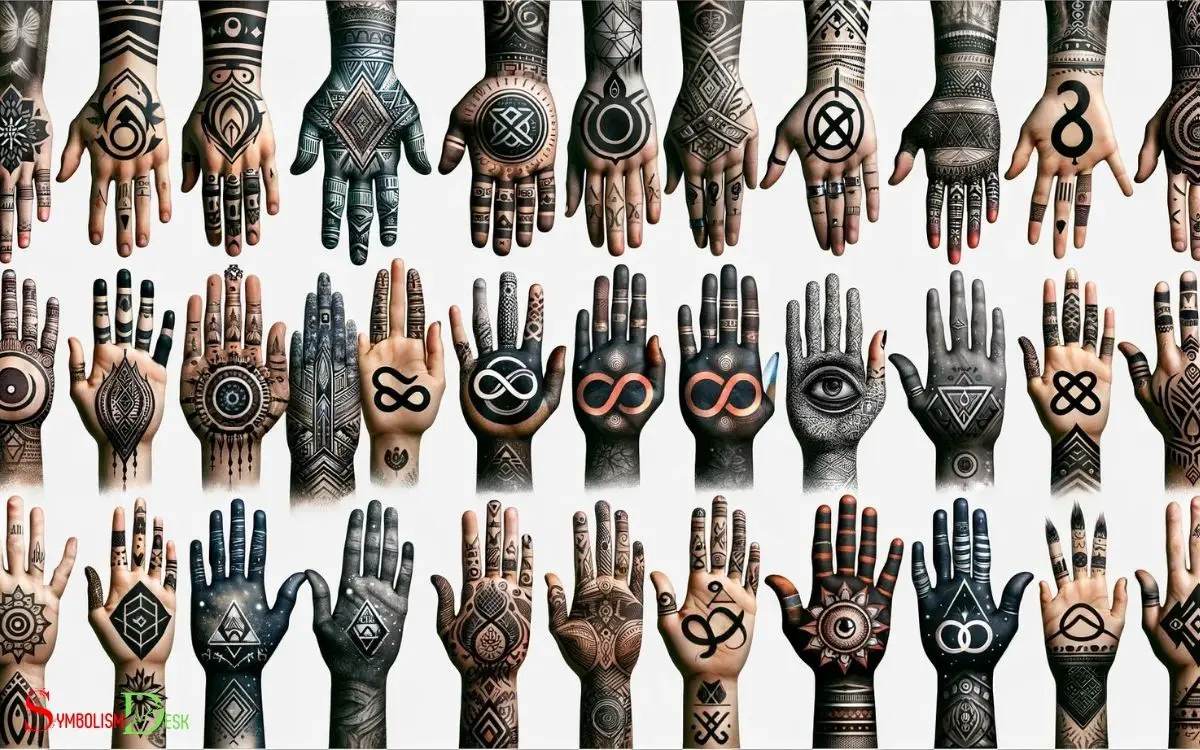
Okay, so you’re thinking about hand tattoos, huh?
Maybe you’re just curious, or maybe you’re seriously considering getting one.
But you’ve heard whispers about how some cultures see them as, like, really important.
Like, sacred important.
Why is that?
Let’s dive into why some cultures view hand tattoos as sacred.
Hand Tattoos: More Than Just Ink
For some people, a tattoo is just a cool design.
For others, it’s a statement.
But in certain cultures, hand tattoos are way deeper.
They’re a connection to ancestors, a symbol of status, a visual prayer.
It’s not just about aesthetics; it’s about identity and spirituality.
Unpacking the Sacredness of Hand Tattoos
So, what makes a hand tattoo sacred?
It’s not a one-size-fits-all answer.
It varies wildly depending on the culture.
Here are a few reasons:
-
Ancestral Connection:
Think of Maori moko in New Zealand.
These facial tattoos, and sometimes hand tattoos, tell a person’s story, their lineage, their position in society.
They’re literally wearing their history.
It’s a powerful link to those who came before.
-
Rite of Passage:
In some indigenous communities, getting a hand tattoo marks a significant transition in life.
Maybe it’s adulthood, marriage, or achieving a certain skill.
The tattoo is a visual representation of that journey.
-
Spiritual Significance:
Certain symbols carry deep spiritual meaning.
For example, in some traditions, specific patterns on the hands are believed to offer protection, connect you to deities, or enhance your intuition.
It’s like wearing a prayer.
-
Status and Belonging:
Hand tattoos can signify your place within a community.
They might indicate your role, your achievements, or your affiliation with a specific group.
It’s a visual marker of belonging.
Examples in Action
Let’s look at some real-world examples to make this clearer:
- The Berber Women of North Africa: Traditionally, these women received tattoos, including on their hands, that symbolized fertility, protection, and tribal affiliation. These weren’t just random designs; they were potent symbols passed down through generations.
- Traditional Inuit Tattooing: Inuit women used to receive tattoos, often on their hands and face, that marked important life events and demonstrated their skills, such as sewing or hunting.
- Indigenous Cultures of Southeast Asia: In some of these cultures, hand-tapped tattoos held deep spiritual significance, often connected to animistic beliefs and shamanic practices. The pain endured during the process was seen as a form of sacrifice and a way to connect with the spirit world.
Considering Your Own Ink
If you’re thinking about getting a hand tattoo, do your research!
- Understand the symbolism: If you’re drawn to a specific design, make sure you understand its meaning.
- Respect cultural context: Avoid appropriating symbols or styles from cultures you don’t belong to.
- Choose your artist wisely: Find an artist who is knowledgeable and respectful of different cultural traditions.
- Consider the permanence: Hand tattoos are visible and can impact professional opportunities.
FAQ: Your Burning Questions Answered
- Is it cultural appropriation to get a hand tattoo inspired by another culture? It depends! Research the symbol’s meaning, show respect, and avoid using it flippantly. Consider getting something that reflects your heritage instead.
- Are hand tattoos more painful? Generally, yes. The skin on your hands is thin, and there are many nerve endings.
- Will a hand tattoo fade quickly? Yes, hand tattoos tend to fade faster than tattoos on other parts of the body due to frequent hand washing and exposure to the elements. Proper aftercare is crucial.
- Are hand tattoos acceptable in all professions? No, not always. Some professions still have restrictions on visible tattoos.
The Bottom Line
Understanding why some cultures view hand tattoos as sacred is crucial before getting one yourself. It’s about respect, awareness, and making informed decisions about your body art.
Leave a Reply